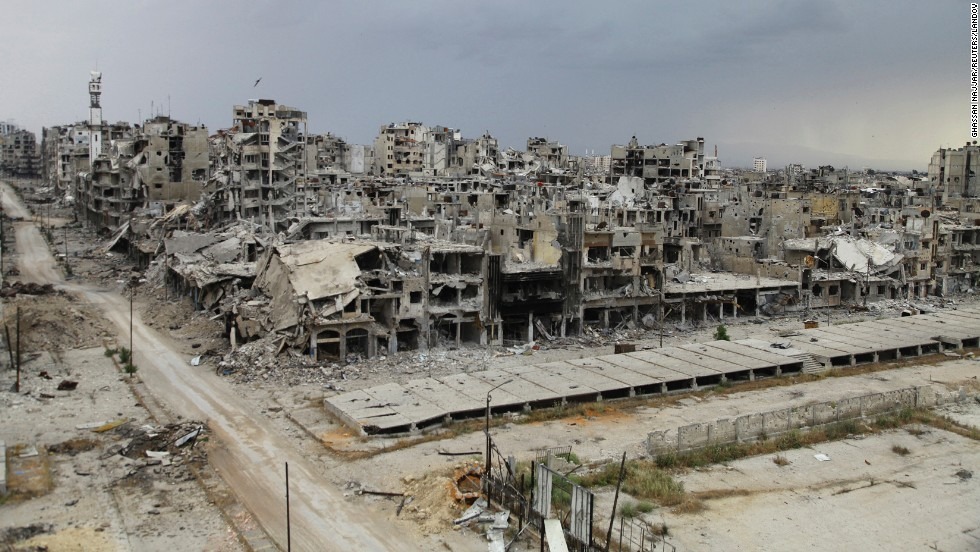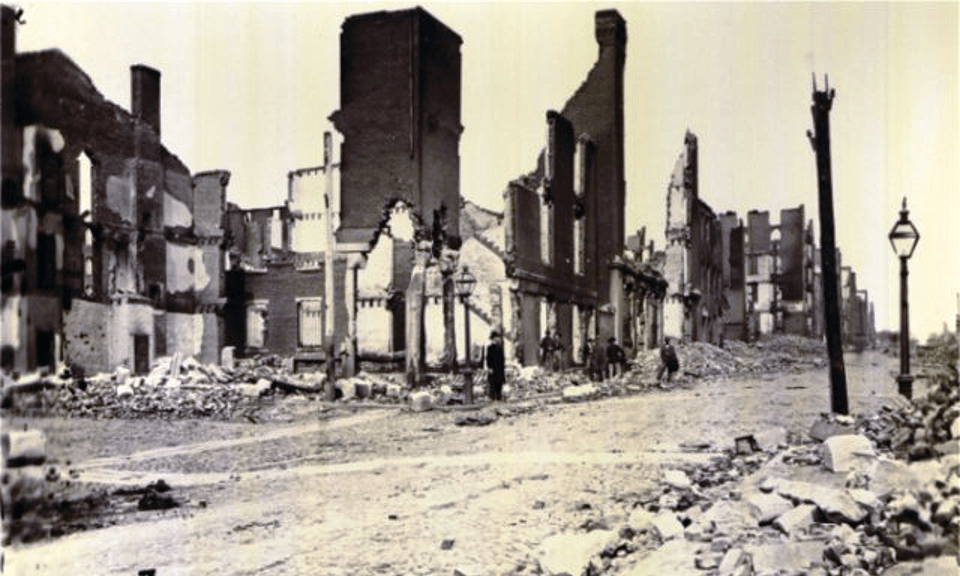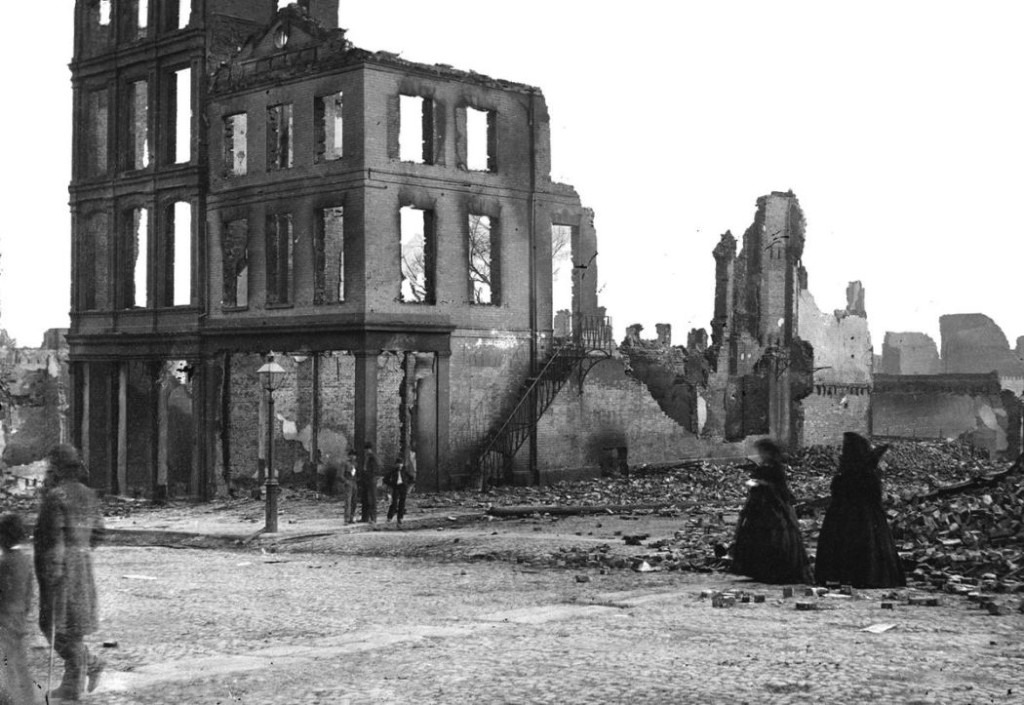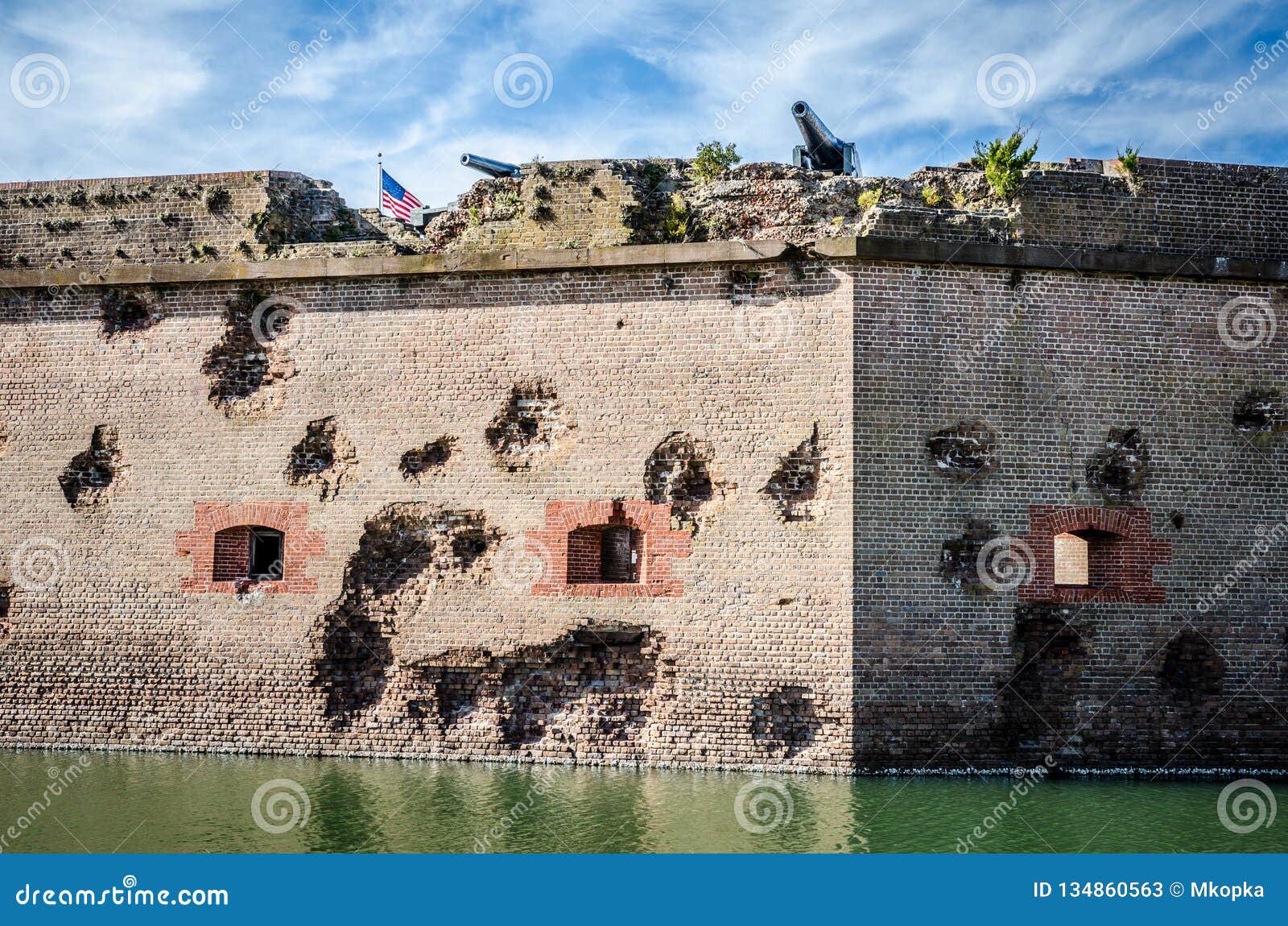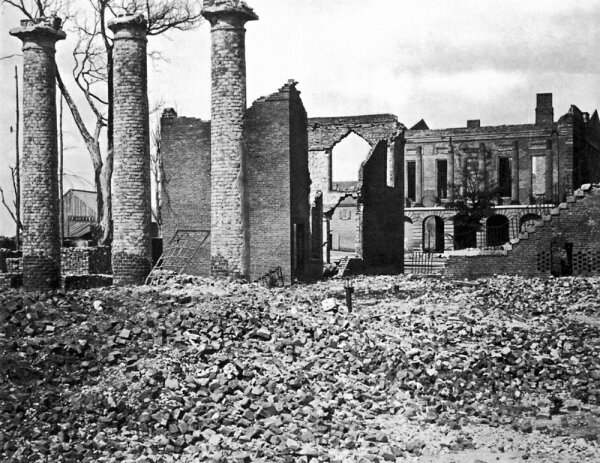Zero Cannonballs strewn Amidst Extensive Rubble
According to this damage, a large ship-fired cannonball can knock out up to 100 bricks.
https://en.wikipedia.org/wiki/Seacoast_defense_in_the_United_States#/media/File:Pulaski_Zoom.jpg
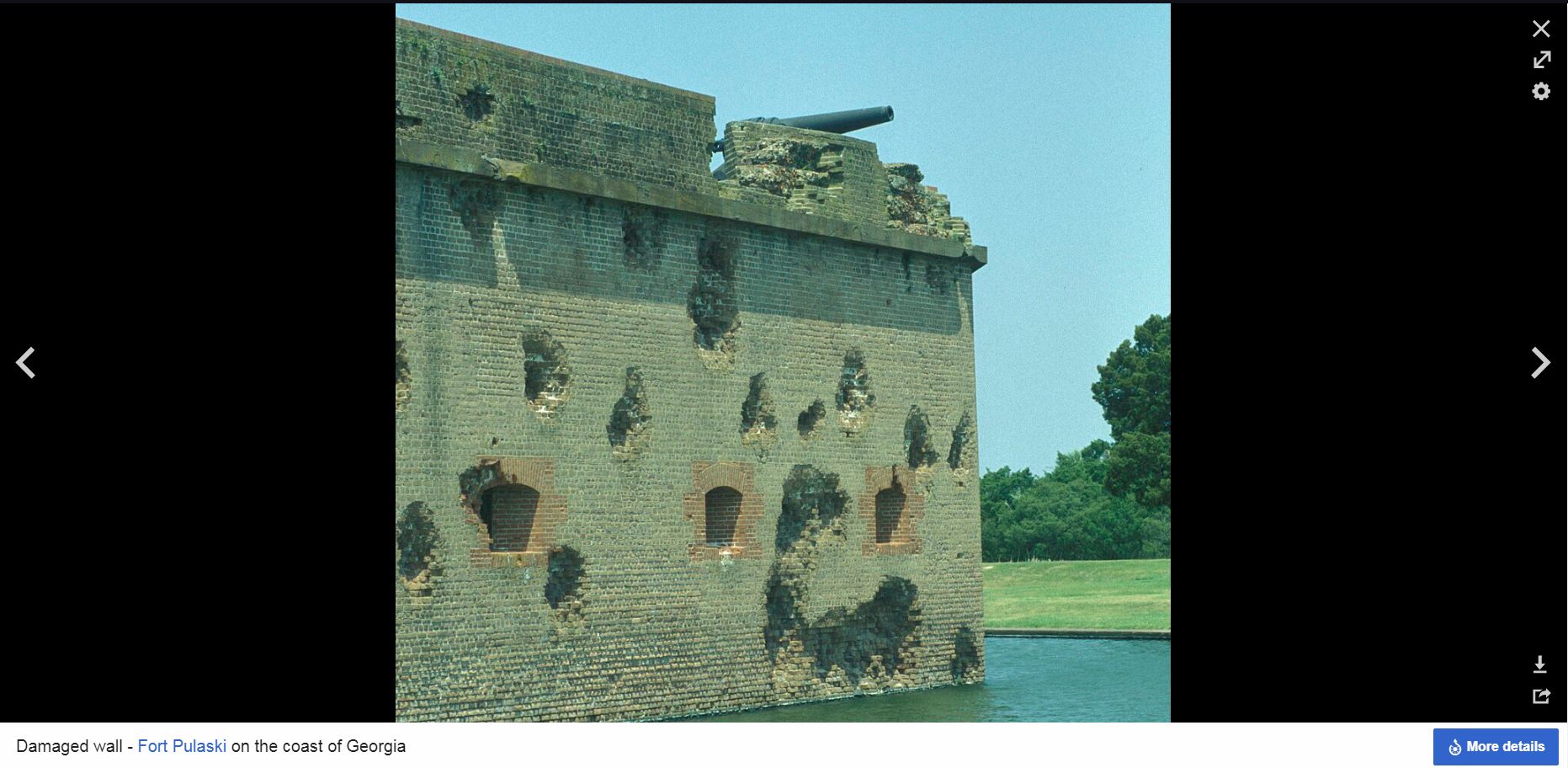
Were the cannons and cannonballs a ‘cover-story’? In fact there is no photographic evidence of the use of cannons or cannonballs as causal to the massive damages. None. Zero.
Some photographs showing aftermath of Civil War battles show many thousands of bricks strewn about, often rather uniformly and far from any apparent source structure. How did the bricks get there, so evenly and uniformly distributed? Why are there zero cannonballs amidst the rubble?
I have been looking for decades and have never found any photograph showing any cannonball — not even one — strewn amidst any amount of brick rubble. If any cannonballs appear at all, they are always stacked neatly and never lying amidst the bricks. Hundreds if not thousands should be seen in at least one picture; however, not one picture contains even one such cannonball. That’s statistically impossible unless the photos are all staged or chosen.
Due to the absolute lack of cannonballs amidst all rubble photographed, it appears as if the cannon/cannonball thing is a gigantic hoax.
Moreover, nearly every Civil War photograph shows posed persons at leisure. Few photos exist of any battles or troop movements in action. Few photos show more than a few bodies in the frame.
A person not knowing the Official Story and just looking at the photographic evidence likely would reasonably conclude that the Civil War was in fact some oddball collection of random skirmishes involving very light artillery causing little to no damage and that the photographs had been doctored to show staged bricks strewn about.
In fact, all aftermath photographs of all ‘destroyed cities’ show suspiciously odd and similar damage. No craters in roads. Working railways. Clean roads. All flammables burned. All glass and other brittles absolutely absent as if they never existed. Bricks strewn about. No large rubble chunks, everything broken down rather finely. Oddly deformed metal, often heavy-duty. Never any cannonballs or incendiaries. Never any ‘glancing blows’.
Without having previously heard and been preconditioned by official descriptions and explanations, the aftermath damage across all wars, locations and times actually could be reasonably interpreted as having been accomplished via some kind of energy weapon, no?

BELOW: In the very few pictures showing any cannonballs whatsoever, the balls are always stacked, NEVER STREWN AMIDST THE RUBBLE. Also, what amount of energy was necessary to cause such amazing uniform distribution of heavy rubble? Cannonballs do extremely localized damage.
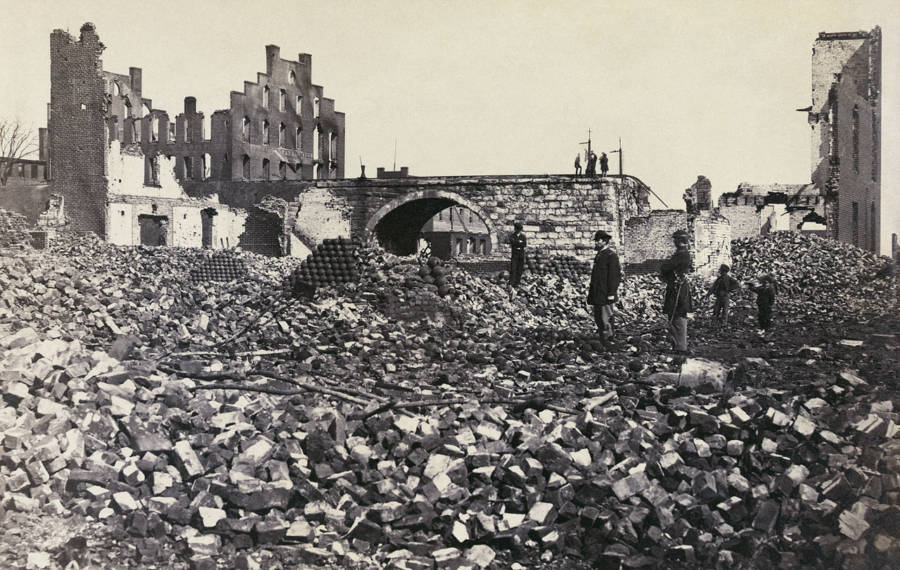
BELOW: Consistent, amazing uniformity of damage. What caused such uniform destruction? Cannonballs are extremely localized.
BELOW: Every picture, posed? Really?

BELOW: NEVER any potholes. NEVER.
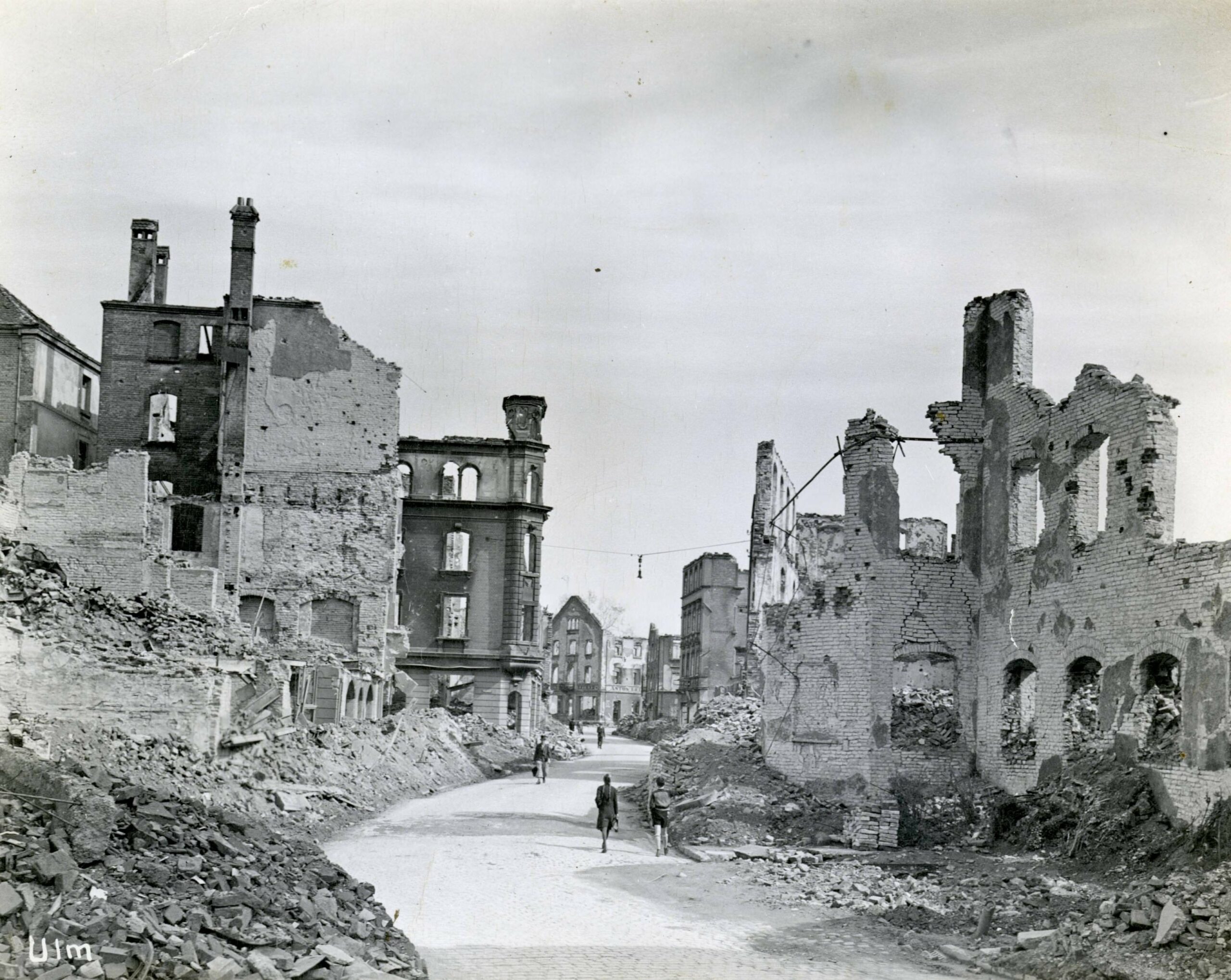
BELOW: White-ash, hallmark of Directed Energy Weapons
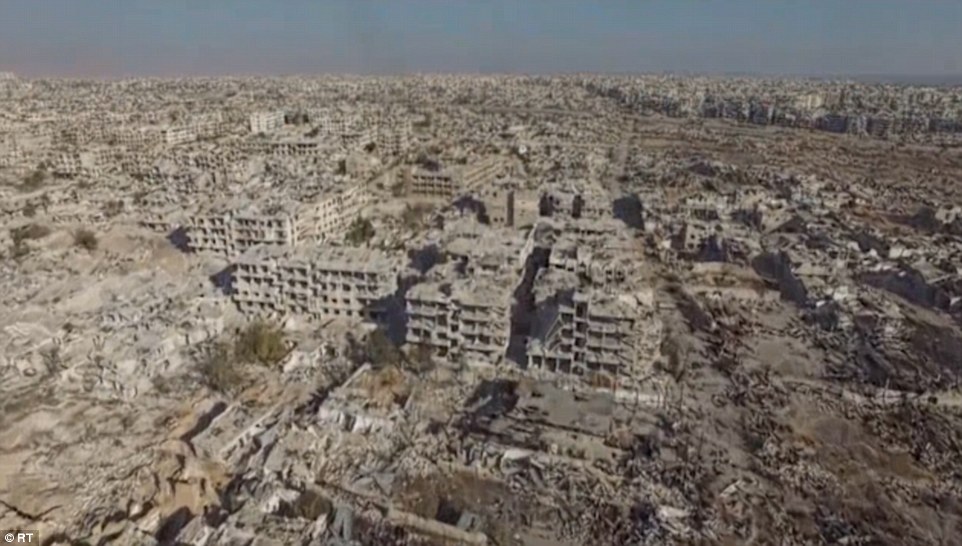
BELOW: Dresdem WW2, trams trains working non-stop, not bombed. Zero pictures exist showing any potholed / bombed roads.
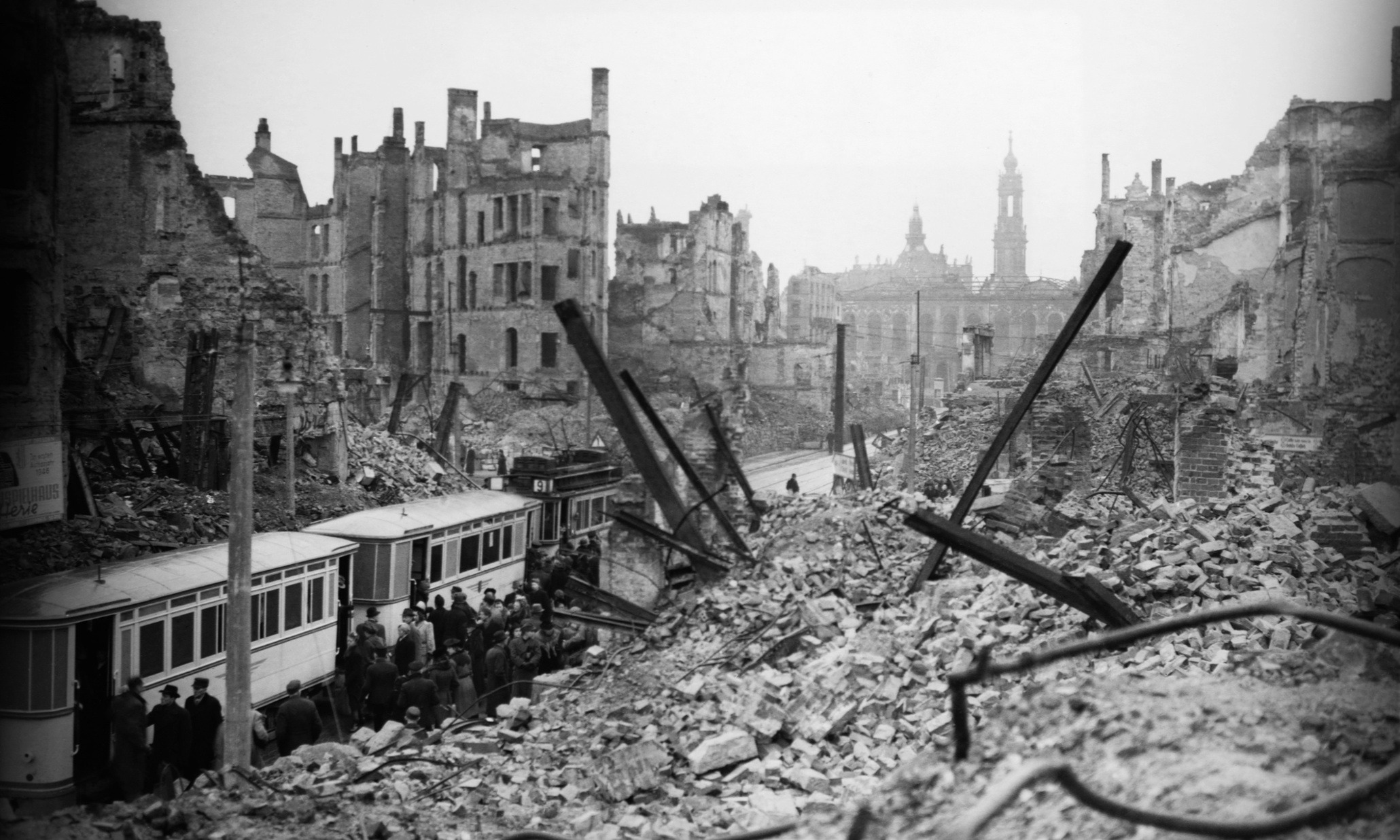
BELOW: Roads intact. Not sooty blackened from fire or incendiary bombing, but instead the familiar hallmark “calcinated” cremation down to white ash.
